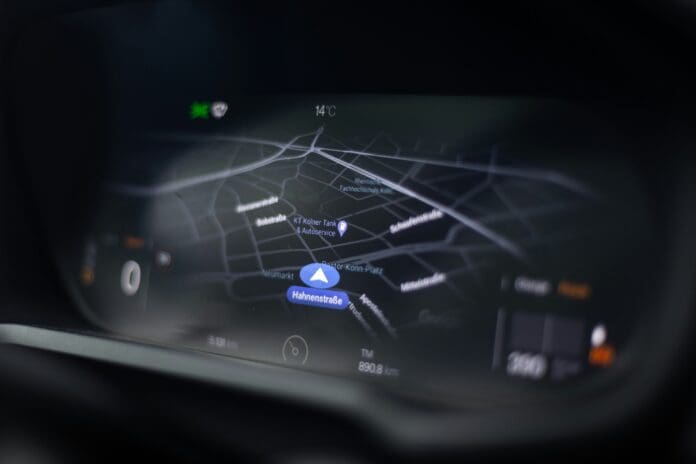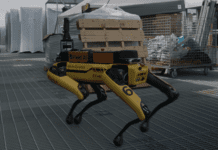This post is also available in:
 עברית (Hebrew)
עברית (Hebrew)
A new development in high-accuracy positioning may soon transform how autonomous systems, robotics, and logistics operate at scale. A recently announced advancement in GNSS (Global Navigation Satellite System) correction technology is offering centimeter-level positioning — a major leap forward compared to standard GPS accuracy, which typically ranges between 3 to 10 meters.
At the center of this shift is Skylark, a cloud-based precise positioning service from company Swift Navigation, designed to enable real-time, highly accurate location data for autonomous vehicles, robotics, and connected infrastructure. Traditional GNSS systems are susceptible to a range of signal errors, but Skylark corrects these through cloud-delivered data, improving location precision by up to 100 times.
According to the press release, One of Skylark’s key distinctions is that it is the first real-time positioning service to meet ISO 26262:2018 functional safety standards — a critical requirement for road vehicle systems. Importantly, it achieves this without relying on costly physical infrastructure, instead operating entirely through a scalable, cloud-native architecture.
This cost-efficient model opens the door for broader implementation across industries that require reliable, real-time navigation. The system already supports over 10 million driver assistance and autonomous vehicles worldwide and is being used in large-scale programs by more than 20 global automotive manufacturers, robotics firms, and commercial fleet operators.
Beyond automotive, the technology has clear implications for precision mapping, logistics coordination, and V2X (vehicle-to-everything) communication systems. As these fields expand, scalable and accurate positioning is expected to become a core enabler.
With increased investment and growing market demand, cloud-based precision services like Skylark are poised to make high-accuracy GNSS accessible for a wider range of applications — marking a potential turning point in the deployment of automated and autonomous systems.


























